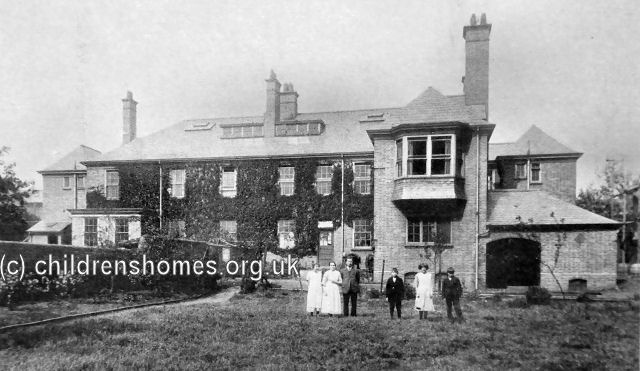Remand Homes
The 1901 Youthful Offenders Act introduced a new form of institution which became known as a Remand Home, although that precise term did not appear in legislation until the 1933 Children and Young Persons Act. Remand Homes were intended to hold children, aged from 8 to17 years, who had been committed for trial or who were awaiting transfer to a Reformatory. Prior to thhe 1901 Act, workhouses had been used for this purpose. The remit of Remand Homes subsequently expanded to provide for the observation and assessment of inmates, with the Stamford House, in Hammersmith, Cumberlow Lodge Lodge, in Lambeth, and The Moss, in Sheffield, designated as Classifying Centres.
Almost all Remand Homes were operated by County or Borough Councils. Two exceptions were the Litchford Hall Remand Home for Roman Catholic Girls, at Blackley, near Manchester, run by the Good Shepherd Sisters, and the Church of England's Llanelwy Remand Home for Girls at Wrexham. In 1965, there wer 59 Remand Homes in operation, of which 35 were for boys, 21 for girls, and three were mixed establishments.

Athelstan Remand Home, Birmingham, 1920s. © Peter Higginbotham
Following the Children and Young Persons Act of 1969, Remand Homes, together with a variety of other children's residential establishments, were redesignated as Community Homes.
Bibliography
- Wolff, MichaelPrison (1967, Eyre & Spottiswoode)
Except where indicated, this page () © Peter Higginbotham. Contents may not be reproduced without permission.


